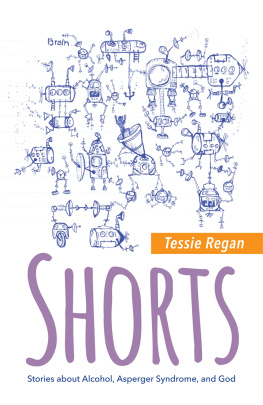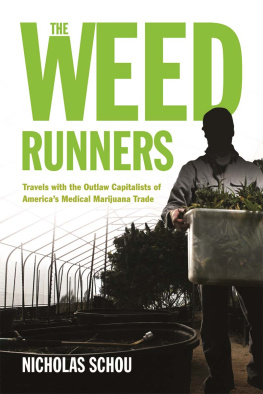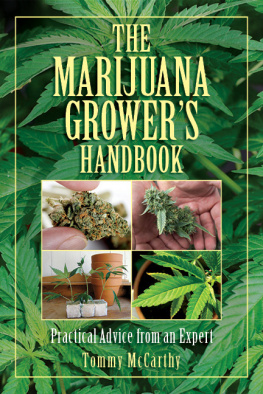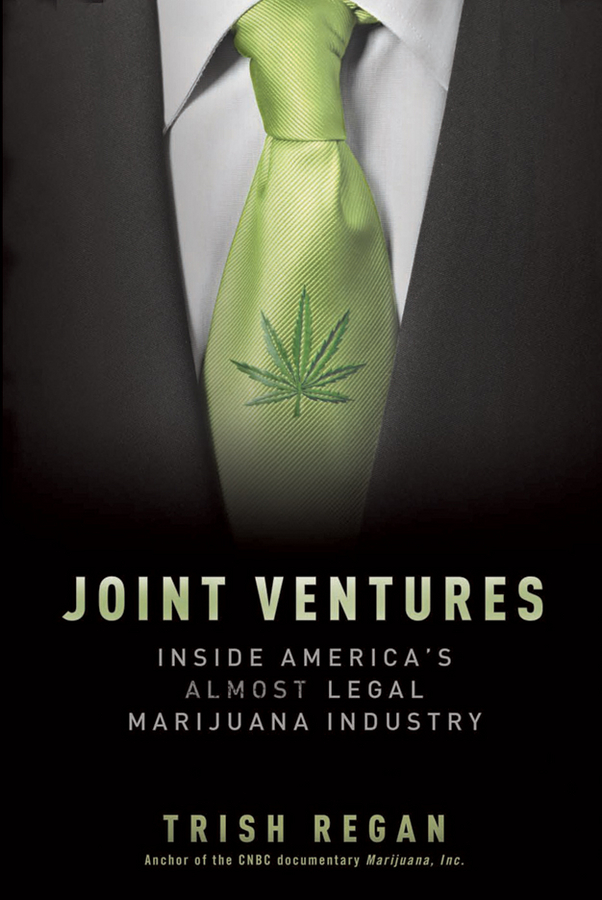Contents

Copyright 2011 by Trish Regan. All rights reserved
Published by John Wiley & Sons, Inc., Hoboken, New Jersey
Published simultaneously in Canada
No part of this publication may be reproduced, stored in a retrieval system, or transmitted in any form or by any means, electronic, mechanical, photocopying, recording, scanning, or otherwise, except as permitted under Section 107 or 108 of the 1976 United States Copyright Act, without either the prior written permission of the Publisher, or authorization through payment of the appropriate per-copy fee to the Copyright Clearance Center, 222 Rosewood Drive, Danvers, MA 01923, (978) 7508400, fax (978) 6468600, or on the web at www.copyright.com . Requests to the Publisher for permission should be addressed to the Permissions Department, John Wiley & Sons, Inc., 111 River Street, Hoboken, NJ 07030, (201) 7486011, fax (201) 7486008, or online at http://www.wiley.com/go/permissions .
Limit of Liability/Disclaimer of Warranty: While the publisher and the author have used their best efforts in preparing this book, they make no representations or warranties with respect to the accuracy or completeness of the contents of this book and specifically disclaim any implied warranties of merchantability or fitness for a particular purpose. No warranty may be created or extended by sales representatives or written sales materials. The advice and strategies contained herein may not be suitable for your situation. You should consult with a professional where appropriate. Neither the publisher nor the author shall be liable for any loss of profit or any other commercial damages, including but not limited to special, incidental, consequential, or other damages.
For general information about our other products and services, please contact our Customer Care Department within the United States at (800) 7622974, outside the United States at (317) 5723993 or fax (317) 5724002.
Wiley also publishes its books in a variety of electronic formats. Some content that appears in print may not be available in electronic books. For more information about Wiley products, visit our web site at www.wiley.com .
Library of Congress Cataloging-in-Publication Data:
Regan, Trish, date.
Joint ventures : inside Americas almost legal marijuana industry / Trish Regan.
p. cm.
ISBN 978-0-470-55907-9 (cloth)
1. Marijuana industryUnited States. I. Title.
HD9019.M382.U67 2011
338.1'73790973dc22
2010054050
Introduction
I remember the story vividly. Its one of those memories that becomes etched in your mind; its buried deep in your database, but its there. I was maybe five years old and had tagged along with my mother, a journalist, on one of her field reporting expeditions. We were at her friends home, and she told me to wait in the living room on a yellow silk couch. Within seconds, she had disappeared down the hall. As I listened to hushed voices in the background, my eyes peered around the pale blue, wallpapered living room. On the polished wood side table to my left were a series of photos of a young woman with her small daughters, a woman with her husband, a woman laughing. I didnt know or understand it at the time, but the woman whom my mother was visiting, the woman smiling in the pictures next to her husband and children, was dying of lung cancer. I had met her once. I remember a white terry cloth turban tied around her head in an attempt to disguise her hair loss. The womana forty-four-year-old mother of four, a wife, and a close friend of my motherswas suffering through chemotherapy treatments in an effort to save her life. She had lung cancer, and she was not going to make it.
Could this womans final days have been made easier by having access to quality marijuana to help her manage her chemotherapy? Might she have responded to treatment better had she been able to regularly smoke cannabis?
That same year, my mother, wrote an article for the Boston Globe on the efforts to legalize marijuana in our home state of New Hampshire. It was the early 1980s, and a handful of states had made efforts to decriminalize marijuana, although it would be almost two decades before California would become the first state to legalize marijuana for medical purposes. But at that time, the tiny northeastern state known for its Live Free or Die motto was at the forefront of the medicinal use movement. A seventy-nine-year-old legislator named Everett B. Sackett, a Republican from the small town of Lee, had become the first to introduce a bill legalizing marijuana for state use. He told my mother, It seems that in a state where we do so much to promote alcohol, referring to the states monopoly on its well-publicized liquor business, we should be willing to legalize a drug that could help people in terrible pain and discomfort. Representative Sackett championed the marijuana bill in response to his gut reaction that prohibiting cancer patients from alleviating pain and nausea was somehow just plain wrong. Sackett believed his seventy-three-year-old friend, who was suffering from cancer, should not be forced to break the law just to relieve the painful side effects of his chemotherapy treatment. His friend, a former college professor, who requested that his name not be published at the time because, as he put it, I dont like to expose myself as a law breaker, did explain that his decision to experiment with marijuana for pain came after his fourth chemotherapy treatment. Have you ever been on a cancer ward in a hospital? You can always tell from those awful sounds coming from the room. All that vomiting and retching, he said.
Eventually, Sacketts friend asked some young acquaintances to obtain some marijuana and wrap it into cigarettes for him. By smoking one joint one hour before his chemotherapy treatment, he said he was able to ward off huge bouts of nausea. And, he added, If I experience any nausea during the one-hour treatment, I light up another and take a couple of drags while the nurses look the other way. The nausea goes away completely.
Meanwhile, my mothers friendthe woman dying from lung cancersuffered from massive bouts of nausea. It was horrible. I couldnt eat anything. You cant imagine what its like to have four different chemicals running through your body and knowing you have no control, she said. When her doctor recommended that she try marijuana, she asked him how she could obtain it. He told her that that was her problem.
It was, indeed, a problem. The woman was terrified of getting the drug because there was talk of it being laced with phencyclidine (PCP), also called angel dust. She sought out some friends in Cambridge with degrees in chemistry and asked them to secure and to test marijuana in their laboratory to ensure its purity. They did, and once she began smoking marijuana, she was able to relieve her nausea and managed to eat.
The womans husband, a retired air force colonel, insisted that the failure to legalize marijuana for cancer does nothing to stop the illegal drug trade. All it does is tie the hands of a competent physician in prescribing medicine for his patients and punish the people who are dying and in pain. A member of the New Hampshire state legislature at the time said that Sacketts bill was not a legalization of marijuana bill. It is a cancer treatment bill which would allow a chemical to be used under a doctors supervision.
When I decided to examine the underground marijuana trade for a documentary at CNBC, my memory of being in that blue living room, knowing that my mother was interviewing a woman on her death bed, came rushing back. Today New Hampshire, like the rest of the country, is still wrestling with the same issue. Indeed, the sad irony is that my mothers article could have just as easily been written today.














